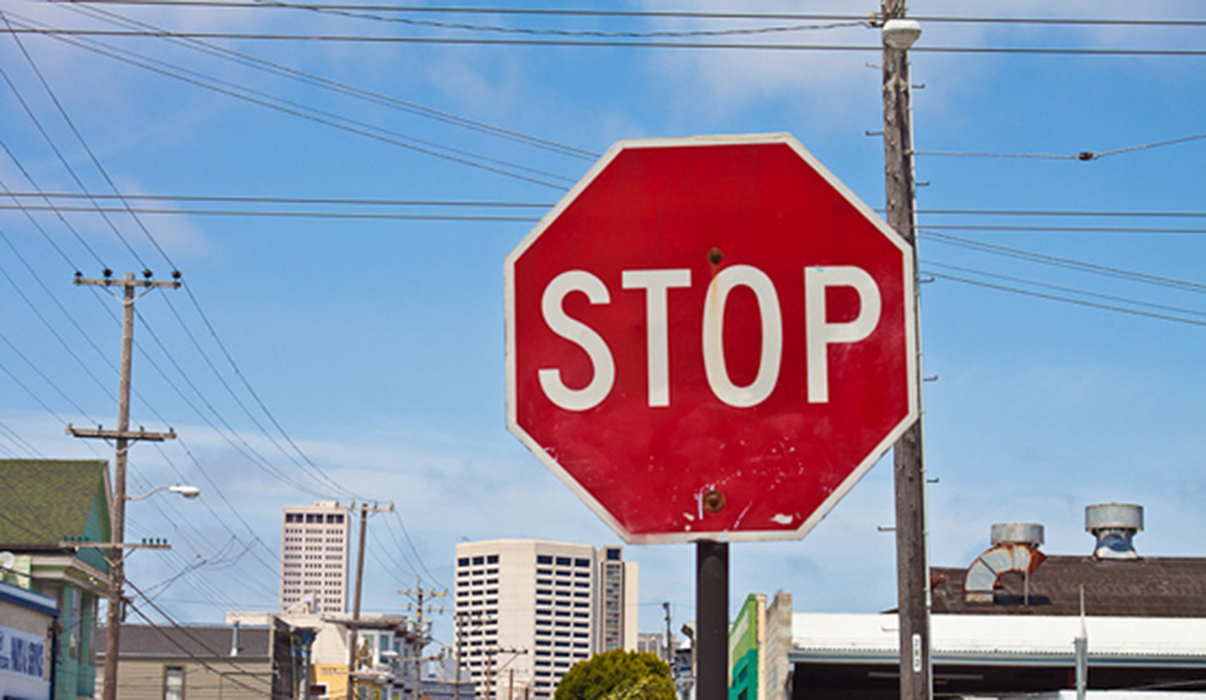SAN FRANCISCO—The San Francisco District Attorney’s Office announced on Wednesday, November 24 that they filed felony charges against nine people for their participation in organized crimes at Louis Vuitton in Union Square as well as other San Francisco businesses on Friday, November 19.
“These brazen acts will not be tolerated in San Francisco,” said District Attorney Chesa Boudin. “But the problem is bigger than our city. Last weekend, there were similar incidents in Walnut Creek, Hayward, Oakland, and San Jose. Other Bay Area prosecutors and I have been collaborating to share information and develop strategies to combat these coordinated incidents. We have filed felony charges in every single arrest related to these incidents, and we are working with SFPD to identify others involved so we can hold them accountable. Our office is also committed to dismantling the fencing networks that make this type of crime profitable.”
The Louis Vuitton store, along with other Union Square retailers, was burglarized by an estimated 20-40 people, who smashed windows and grabbed merchandise on display. Cell phone video depicted the incident as authorities arrived on the scene.
Five people were arrested in connection with the incident at the Louis Vuitton store. That same night, officers arrested three people for burglarizing a cannabis dispensary, and one person for burglarizing a Walgreens. Two of the nine people arrested are alleged to have been in possession of firearms.
The SF District Attorney’s Office filed charges against all nine of the arrested individuals for violating the following Penal Code:
Francill White, Tomiko Lamar Miller, Kimberly Cherry, Ivan Speed are each charged as follows for the Louis Vuitton incident:
463(a) – looting during a state of emergency (felony)
459 2nd – 2nd degree commercial burglary (felony)
487(a) – grand theft (felony)
496(a) – receiving stolen property (felony)
Raymond Phillips, Edward James Jr., and Michael Ray are each charged as follows for the cannabis dispensary incidents:
463(a) – looting during a state of emergency (felony)
459 2nd – 2nd degree commercial burglary (felony)
496(a) – receiving stolen property (misdemeanor)
148(a)(1) – resisting arrest
Jamisi Callaway (passenger in car from Union Square):
29800(a)(1) – possession of a firearm with a prior felony (felony)
25850(a) – carrying a loaded firearm (felony)
25400(a)(2) –concealed firearm (felony)
25400(a)(3) – concealed firearm in vehicle (felony)
148(a)(1) – resisting arrest
Daron Wilson (for incident at Walgreens):
463(a) – looting during a state of emergency (felony)
459 2nd- 2nd degree commercial burglary (felony)
25850(a) – carrying a loaded firearm (felony)
25400(a)(2) –concealed firearm (felony)
148(a)(1) – resisting arrest
Throughout the Bay Area over the weekend, there were similar burglaries of retail establishments including in Walnut Creek, Hayward, Oakland, and San Jose. The incident in Walnut Creek at a Nordstrom store is alleged to have involved approximately 80 people, some of whom were alleged to have been armed. A similar incident at a Louis Vuitton store outside Chicago transpired last week.
In response to these incidents across the Bay Area, district attorneys from several Bay Area counties – including Contra Costa, Alameda, Santa Clara, San Mateo, San Joaquin, and Marin counties, as well as a representative from the Attorney General’s Office — convened a meeting to discuss a partnership to combat organized retail theft and develop effective solutions to breaking-up the fencing networks that are driving this kind of crime.
As displayed on the SFDA Prosecutions of SFPD Incidents and Arrests Dashboard, in 2021, the San Francisco District Attorney’s Office filed charges in 86 percent of commercial burglary cases presented to our office by SFPD.
In addition to its work to hold those who commit crimes accountable, the San Francisco District Attorney’s Office is conducting ongoing work to deter, disrupt and dismantle organized retail theft. The District Attorney’s Office’s is working with state, federal and local law enforcement agencies to identify and dismantle the fencing networks that make these crimes profitable. There are currently over a half dozen confidential operations.




